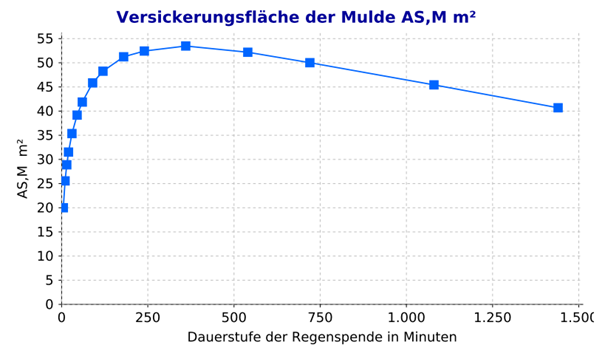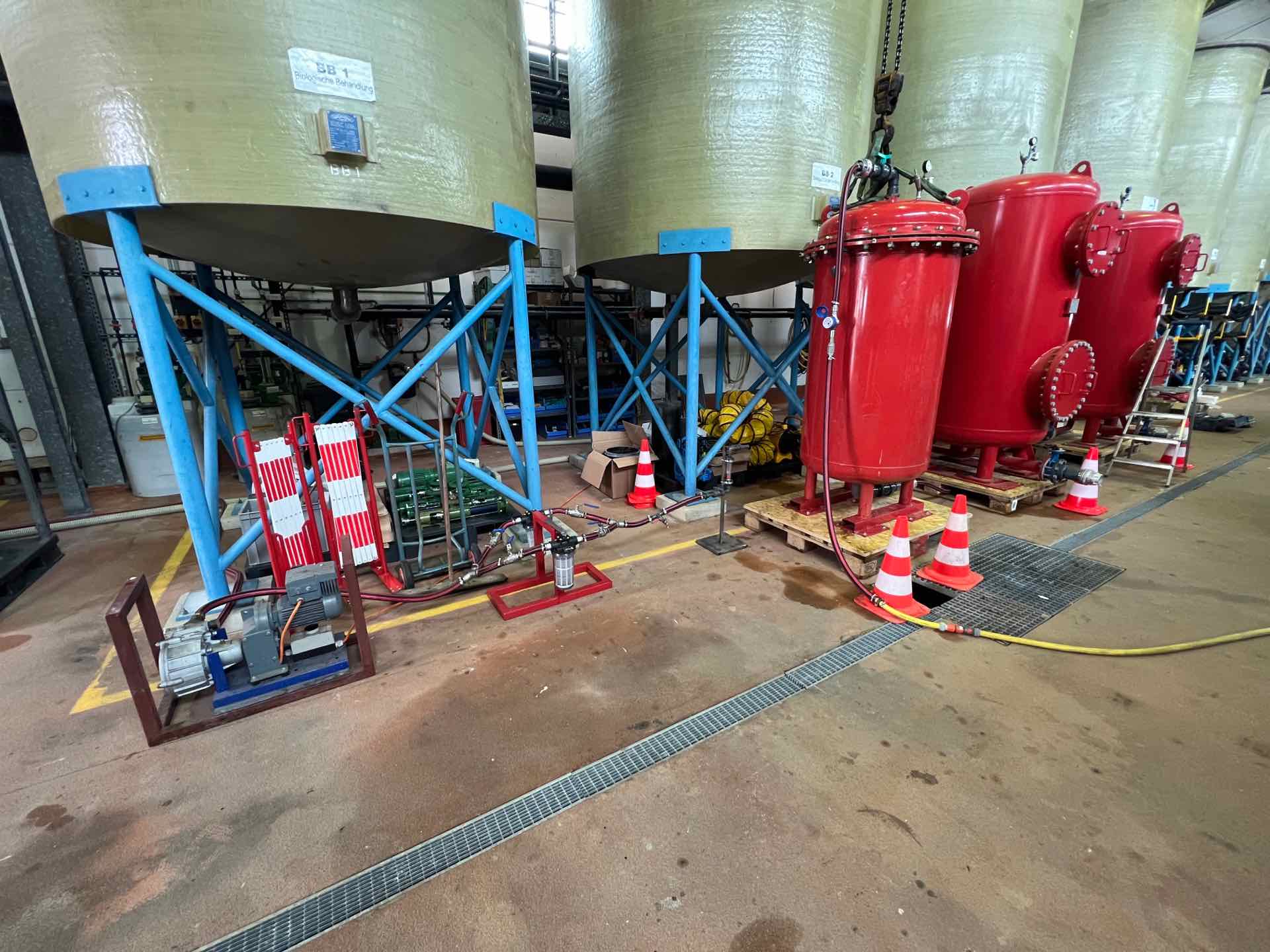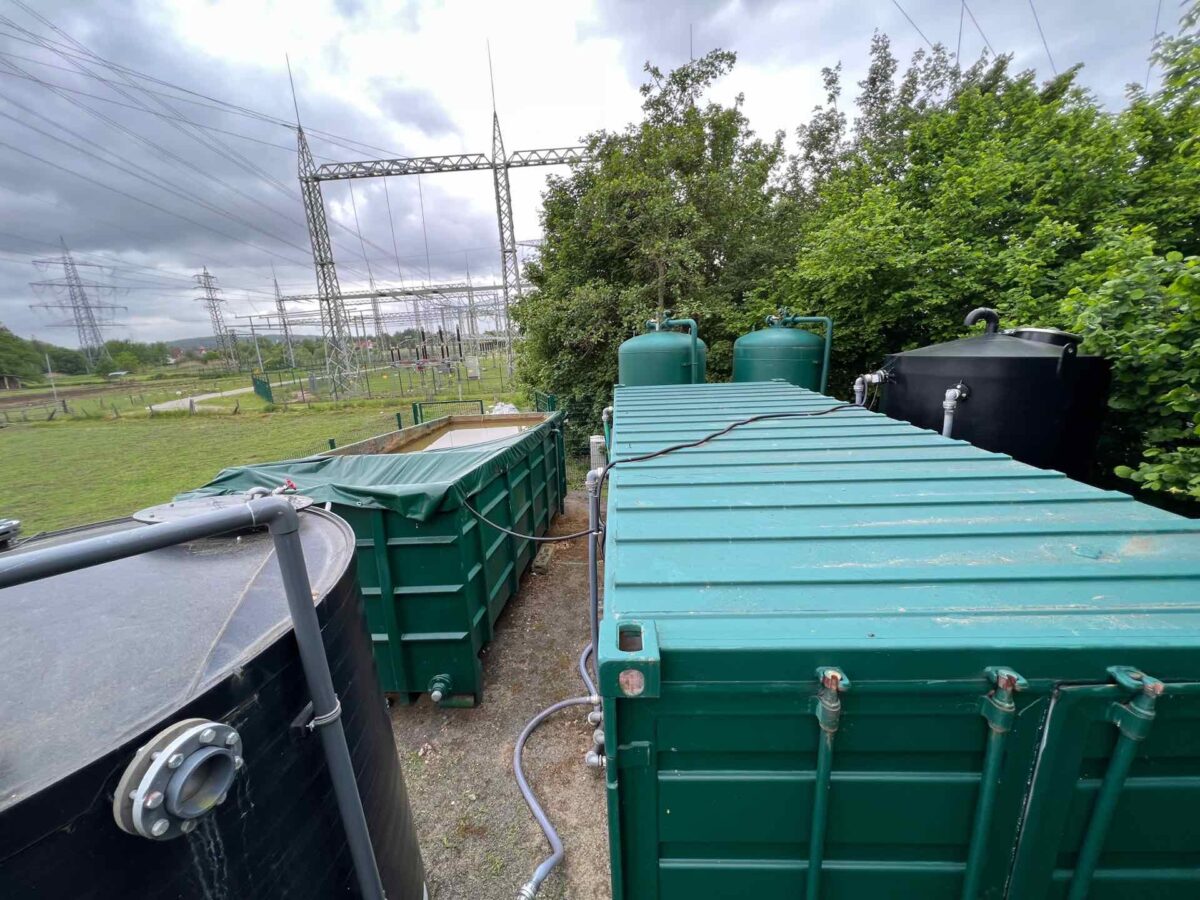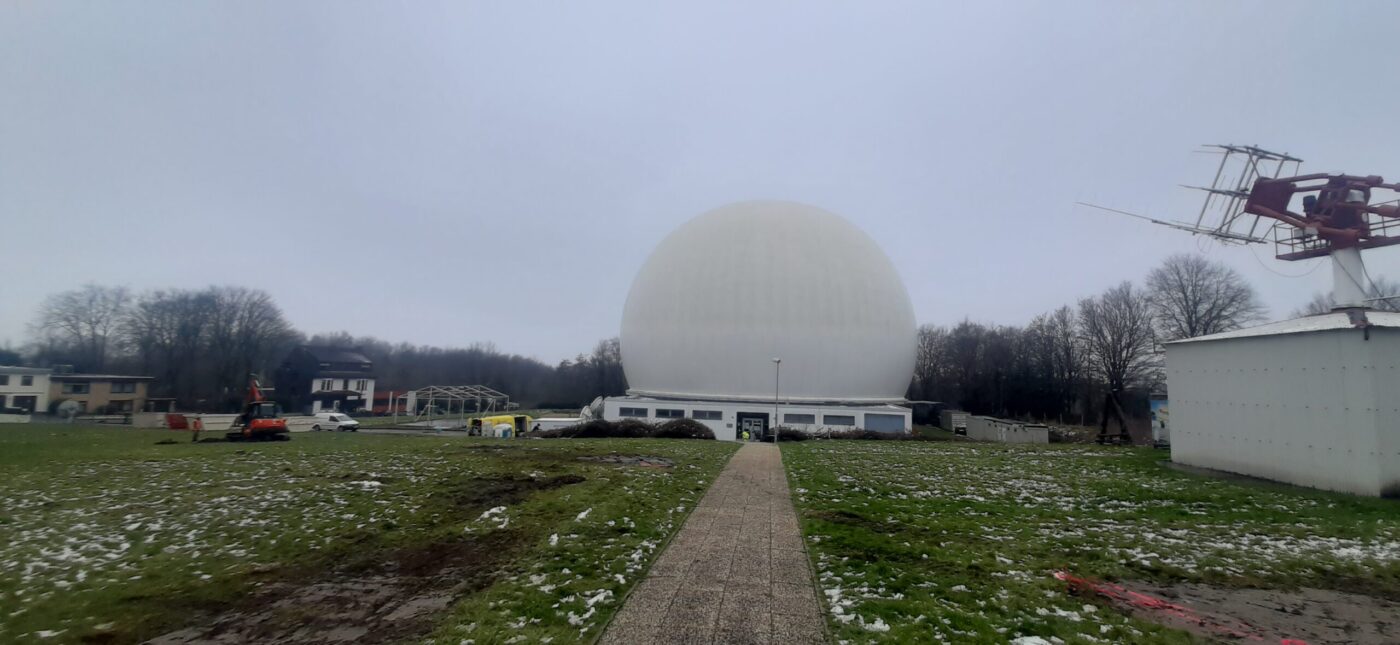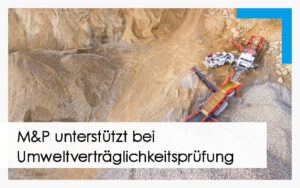
The environmental impact assessment (EIA) is an environmental policy instrument for environmental precaution with the aim of examining the potential environmental impact of environmentally relevant projects before they are authorised. As a rule, it is limited to examining the effects on environmentally relevant protected goods. The Environmental Impact Assessment Act (UVPG) contains a list of projects that require an EIA. A total of 149 project types are listed, including production and industrial plants, landfills, mining and energy as well as pipeline systems.
M&P is currently supporting various landfill and quarry operators in carrying out environmental impact assessments as part of expansion or modification projects.
The first step is the preparation of a scoping report, in which the project and the site with its surroundings are described with regard to the individual protected assets. The scoping report also contains a proposal for the further investigation programme for the environmental impact assessment, which is then coordinated with the responsible authorities and other stakeholders as part of a scoping meeting.
The actual EIA report then assesses the impact of the project on the protected assets of humans and human health, plants, animals, biodiversity, land, climate, air, groundwater, surface water, soil, landscape and cultural heritage and other material assets. Interactions between the various protected assets are also analysed as well as alternatives and measures examined to exclude, reduce and compensate for significant environmental impacts of the project. The EIA report is therefore an important part of the licence application for the planned expansion or modification of the existing licence.
Find out more about our work and projects and follow us: ![]()
![]()
![]()
![]()
#mullandpartner #engineeringforabettertomorrow #whatwedo #project #UVP #environment #engineering #umwelt #klima

